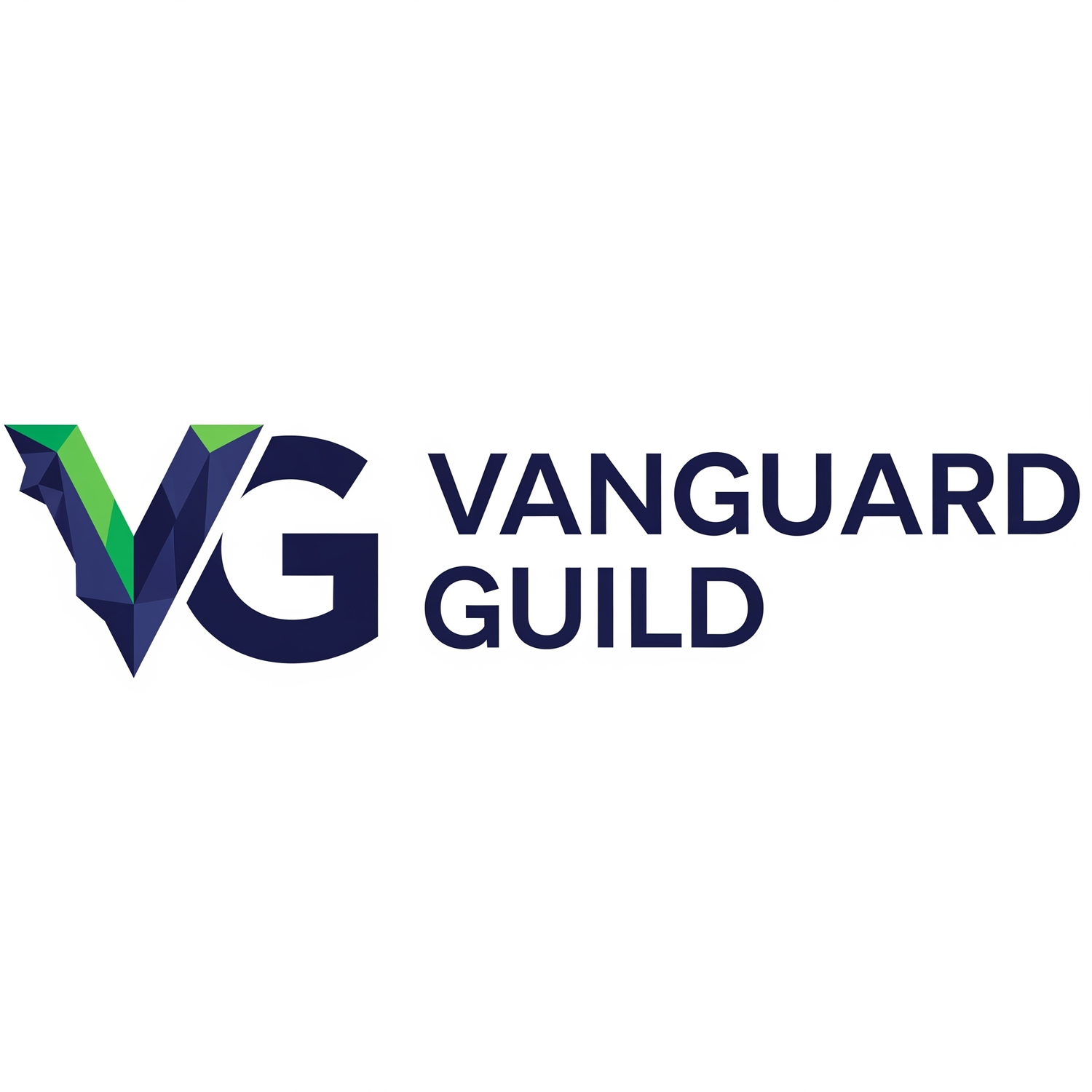Winning on Value, Not Just Compliance: A Framework for Architecting PWS Responses
In the world of government and large enterprise contracts, the Performance Work Statement (PWS) is a unique and powerful document. Unlike a traditional Statement of Work (SOW) that dictates how a job should be done, a PWS focuses on the what—the required outcomes and the measurable standards of success. When a client issues a PWS, they are sending a clear signal: "We are not just buying a task; we are buying a result. Show us the best way to get there."
Many contractors approach a PWS with a compliance-first mindset, simply checking boxes to meet the minimum requirements. This is a mistake. A PWS is an explicit invitation to innovate. Winning requires a framework that ensures compliance while architecting a solution that delivers superior and undeniable value.
Here is the three-part framework I have used to consistently achieve this.
1. Deconstruct the Objective, Not Just the Task
The first step is to break the PWS down into its two core components: Performance Objectives (what the client needs to accomplish) and Performance Standards (how they will measure success). 2 This requires a deeper analysis than just listing tasks. By mapping every task back to a specific objective and its corresponding standard, we can move beyond a simple checklist and begin to understand the client's underlying definition of "value." This creates a clear picture of the client's priorities and the results they will use to judge our performance.
2. Architect a "Solution Concept" Rooted in Value
With a clear understanding of the objectives, the next step is to develop a holistic "Solution Concept." This is the high-level design of how we will deliver the required outcomes. This concept is not merely a list of our products or services; it is a narrative that explains our unique approach to solving the client's problem. By starting with a value-driven concept, we can then map our specific activities and technologies back to that vision, ensuring every element of our proposal serves the client's primary goals. This is where we identify opportunities to innovate and exceed the minimum performance standards.
3. Prove Superiority with Traceability and Differentiation
The final step is to prove, in clear and irrefutable terms, why our solution is the best choice. This involves two key actions:
Build a Compliance and Traceability Matrix: This document meticulously maps every single PWS requirement to the specific section of our proposal that addresses it. 3 This gives the client full confidence that we have met all compliance standards.
"Ghost" the Competition: We explicitly identify our unique differentiators—the elements of our solution that we know our competitors cannot match—and highlight them. By contrasting our superior, value-added approach with the likely "compliance-only" approach of others, we make the choice clear for the client. 4
Conclusion
Responding to a PWS is a strategic challenge. While compliance is the price of entry, it is never the path to victory. Victory is achieved by embracing the client's invitation to innovate—by deconstructing their objectives, architecting a solution based on value, and proving your approach is superior. This strategic mindset is central to the partnership model at The Vanguard Guild.

